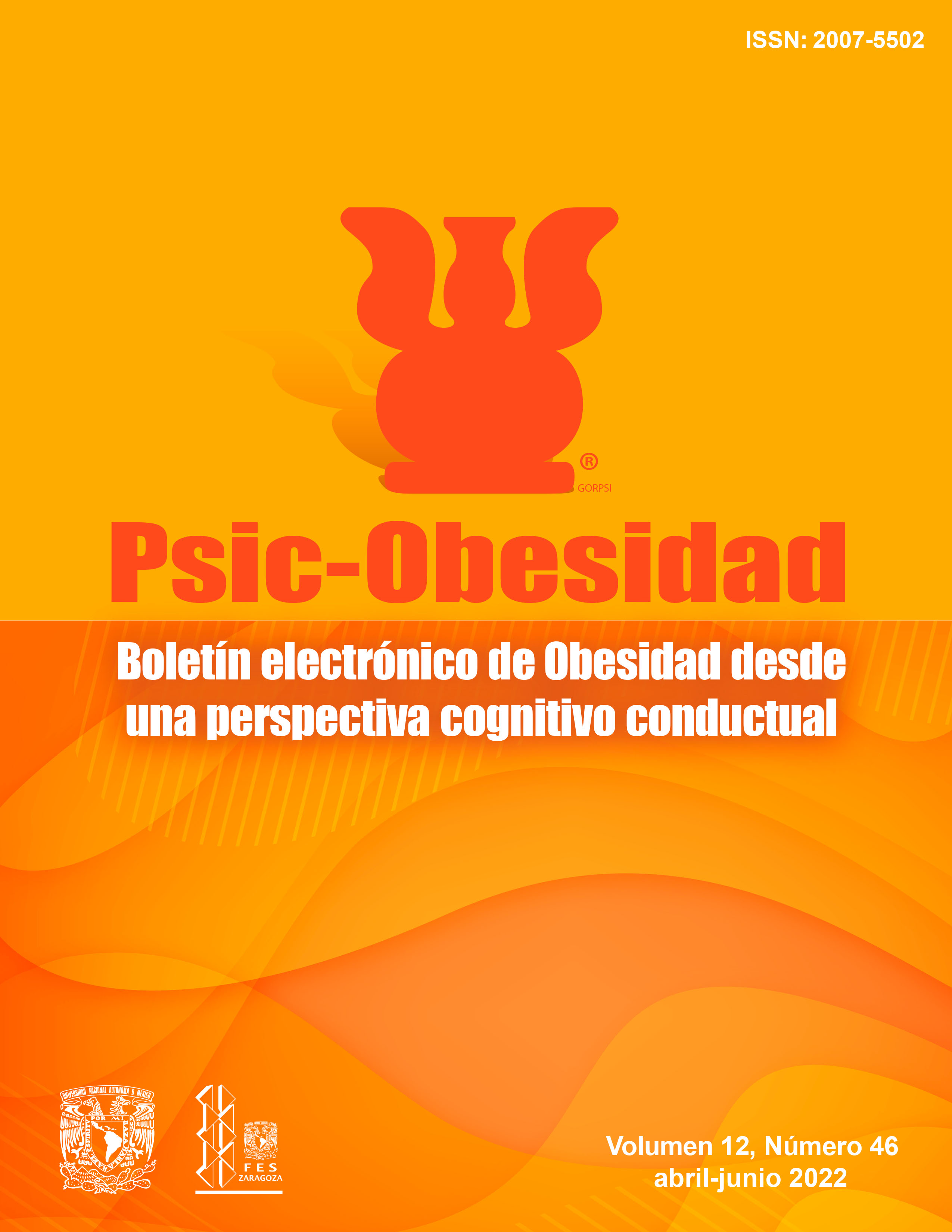Body composition and its percentile: a short history of the use of Quetelet's formula in anthropometry
Main Article Content
Abstract
The evaluation of growth and physical development is one of the aspects that make up the clinical practice in patient care, due to the relationship between growth and health status in an individual. In order to have reliable data, anthropometry is an indicator whose purpose is the quantification of variations in physical dimensions and composition of the human body at different ages, including nutritional status. With this purpose and as part of the proposals for measurement, this article provides a brief historical overview of the conformation of the Quetelet formula and its use in the clinical setting. Although many authors mention that BMI does not measure body fat directly, they do find a moderate correlation with more direct measures of body fat. In addition, BMI appears to be correlated with different metabolic and non-communicable disease outcomes.
